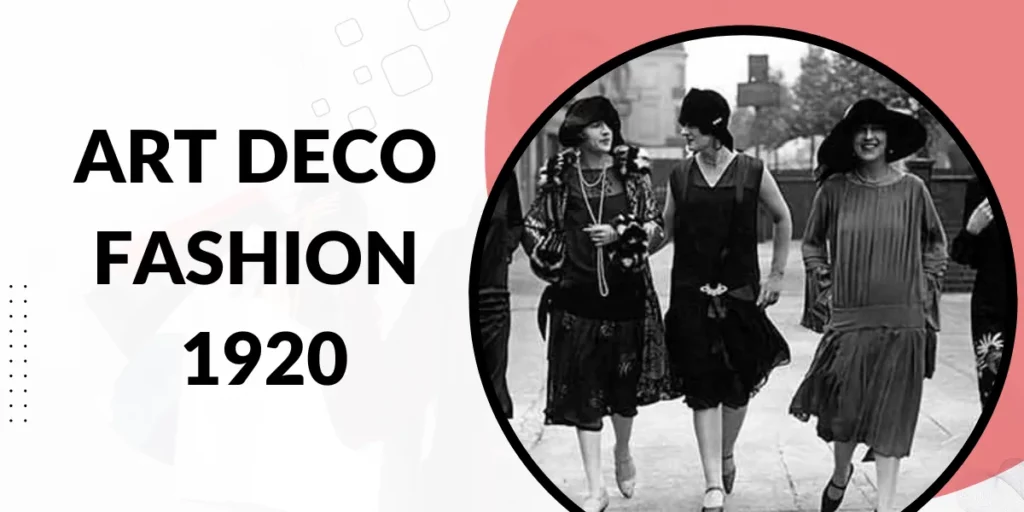Art Deco Fashion 1920: Glamour, Elegance, and Bold Statements
The 1920s marked a period of significant social, cultural, and artistic transformation, and one aspect that vividly captured the spirit of the era was Art Deco fashion. This distinctive style emerged in the wake of World War I and came to epitomize the roaring twenties. With its luxurious fabrics, geometric patterns, and innovative designs, Art Deco fashion revolutionized the way people dressed and expressed themselves during this exciting period.
The Influence of Art Deco:
The Art Deco movement drew inspiration from various sources, including the vibrant Cubist and Futurist art movements, ancient Egyptian motifs, and the fascination with the machine age. It celebrated modernity, embracing industrial materials and geometric shapes while incorporating elegance and opulence.
Fashion Silhouettes:
Art Deco fashion introduced new silhouettes that defied the traditional styles of the past. Women’s fashion shifted from the restrictive corsets and long skirts of the Edwardian era to a more liberated and streamlined look. The straight, boyish figure became fashionable, emphasizing a flattened bust and waistline. The drop-waist dress and the chemise dress were popular choices, allowing for greater movement and comfort.

Fabrics and Colors:
Art Deco fashion embraced luxurious fabrics that exuded sophistication and glamour. Silk, satin, velvet, and chiffon were favored materials, often adorned with intricate beadwork, sequins, or metallic embroidery. The colors used in Art Deco fashion were bold and vibrant, reflecting the exuberance of the era. Rich jewel tones such as emerald green, sapphire blue, and ruby red were commonly seen, along with metallic shades of gold and silver.
Geometric Patterns and Embellishments:
Geometric patterns played a significant role in Art Deco fashion. These designs, characterized by sharp angles, zigzags, and symmetrical lines, were showcased in dresses, accessories, and even shoes. The popularity of Egyptian motifs during this time influenced the use of pyramid shapes, lotus flowers, and hieroglyphic patterns in fashion. Embellishments like beading, fringes, and feathers added texture and movement to garments, further enhancing their visual appeal.
Accessories and Jewelry:
Accessories played a crucial role in completing the Art Deco look. Cloche hats, with their close-fitting style, were a popular choice for women. Long pearl necklaces, geometric-shaped brooches, and bejeweled headbands were also frequently worn. Art Deco jewelry featured bold designs, often incorporating diamonds, emeralds, and other precious gemstones. The geometric aesthetic extended to jewelry as well, with pieces showcasing angular shapes and symmetrical patterns.
Art Deco fashion of the 1920s was a revolutionary departure from previous styles, embracing modernity, glamour, and individuality. With its geometric patterns, luxurious fabrics, and innovative designs, Art Deco fashion made a bold statement and continues to inspire contemporary fashion today. The roaring twenties left an indelible mark on the fashion world, and its influence can still be seen in the timeless elegance and allure of Art Deco aesthetics.




